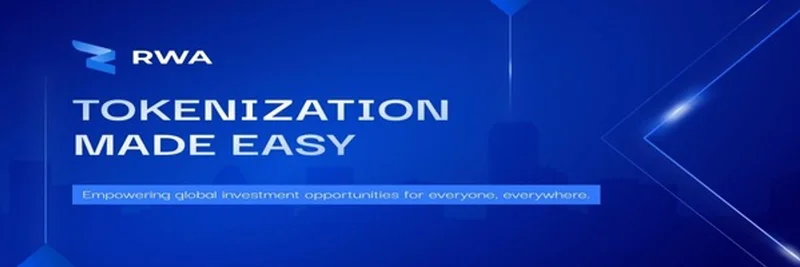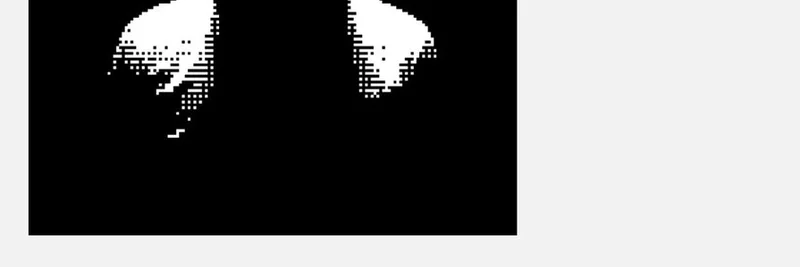If you’re looking into the token labeled “RWA” on BNB Chain at contract address 0xbd3d9e917daf8fdee7372842e92d3fa93a25b8f4, here’s what we know and how to approach it safely.
The acronym “RWA” stands for Real World Assets—a hot topic across crypto—but a widely recognized project that exactly matches the symbol “RWA” and this specific BSC address is not clearly indexed on common public aggregators and explorers at the time of writing. That doesn’t mean it can’t be new or niche; it just means you should do extra homework before interacting with it.
What “Real World Assets (RWA)” means, in plain English:
- RWAs are tangible, off-chain assets—like real estate, commodities, treasuries, or even art—whose ownership rights are tokenized on-chain. This helps bring traditional finance into crypto.
- Tokenization turns asset ownership into digital tokens, enabling fractional ownership, transparent settlement, and broader access.
- In DeFi, RWAs can add more stable, yield-bearing instruments to on-chain markets, which may help grow adoption. Check out introductory guides from Coinbase Learn and CoinGecko Learn.
- The opportunity is massive: putting real-world value on-chain is often cited as a multi‑trillion‑dollar market in the long run.
BNB Chain’s stance on RWA
- BNB Chain prioritizes scalable infrastructure (BSC, opBNB, and Greenfield) to support low-cost transactions and secure data storage. Explore the ecosystem’s RWA overview at the BNB Chain site.
- There’s an emerging stack for compliant issuance, secondary liquidity, and DeFi utility, plus toolkits, grants, and guidance for builders.
- Institutional and ecosystem examples often cited include tokenization initiatives like BlackRock’s BUIDL, tokenized treasuries (e.g., VBILL by VanEck), and stablecoin products such as Circle’s USYC—showing growing interest in bringing real-world value on-chain.
What’s known (and unknown) about “RWA” at 0xbd3d9e917daf8fdee7372842e92d3fa93a25b8f4
- The ticker “RWA” is generic and used widely as a concept label, not typically a unique flagship project symbol.
- Public data on this exact address is limited. It may be new, niche, or inactive.
- Because it isn’t widely indexed, key details—like tokenomics, team, and community—aren’t easily verifiable via mainstream trackers.
Practical due diligence steps
- Inspect the contract directly on BscScan by pasting the address 0xbd3d9e917daf8fdee7372842e92d3fa93a25b8f4. Look for:
- Holder distribution (are a few wallets holding most of the supply?).
- Recent transactions (healthy organic activity vs. spam or wash behavior).
- Contract source code verification (is it verified? any red flags like unrestricted minting?).
- Ownership status (is the contract owned or renounced? can parameters be changed?).
- Check for liquidity and pools:
- If a PancakeSwap pair exists, verify liquidity depth, lock status, and who controls LP tokens.
- Confirm whether liquidity is locked via third-party lockers or time-locked contracts.
- Validate the project’s identity:
- Official website, GitHub, and social channels. Does the messaging match the contract? Beware of impersonations that leverage generic names like “RWA.”
- Community chatter: meaningful discussions on Telegram/Discord/Twitter vs. low-effort promotions.
- Use safety tooling:
- Screens for honeypots, high taxes, or blacklist functions can reduce risk.
- Start with small test transactions; watch slippage and gas; confirm you can sell before adding size.
Where to view and trade, if you proceed
- GMGN.AI provides a dedicated page for this token with real-time analytics and trading tools: https://gmgn.ai/bsc/token/fV1R5sZ5_0xbd3d9e917daf8fdee7372842e92d3fa93a25b8f4
- You can also paste the contract address directly into PancakeSwap to check if a pool exists and, if so, to trade. Always verify you’re interacting with the correct address and pair.
Why caution matters with concept‑tickers
- Generic ticker symbols like “RWA” can be attractive for copycat or opportunistic deployments that rely on name recognition. Without clear provenance or credible backers, treat claims conservatively.
- Real World Asset projects often require complex compliance, custody, and off‑chain integrations. If a token claims robust RWA utility but lacks clear disclosures and infrastructure partners, that’s a red flag.
A quick RWA cheat sheet
- Tokenization: turning off‑chain ownership rights into on‑chain tokens.
- Benefits: fractional access, programmability, transparency, and potentially improved liquidity.
- Risks: legal/regulatory uncertainty, custody challenges, oracle dependencies, and counterparty risk.
- On BNB Chain: low fees, scalability, and growing RWA tooling make it attractive for experimentation and deployment.
Bottom line
- The “RWA” token at 0xbd3d9e917daf8fdee7372842e92d3fa93a25b8f4 is not widely profiled by major data sources right now. That’s a signal to slow down, verify on-chain data, and cross‑check identity before interacting.
- If you do explore trading, consult both analytics and DEX interfaces. The GMGN.AI page above and the official BscScan contract view are good starting points.
- None of this is investment advice. Always do your own research and never risk funds you can’t afford to lose.


